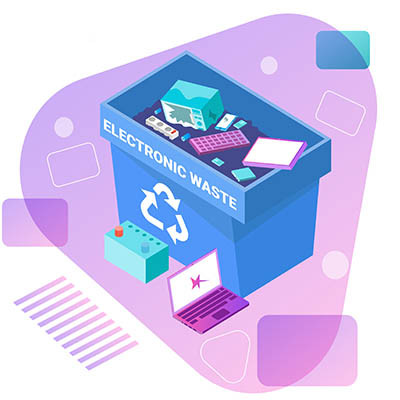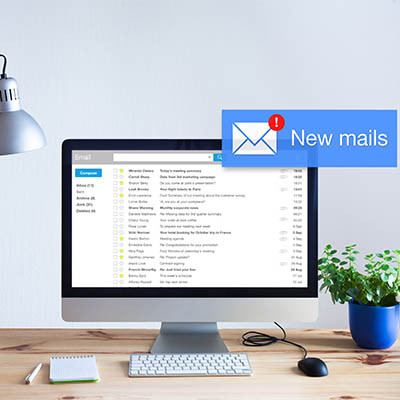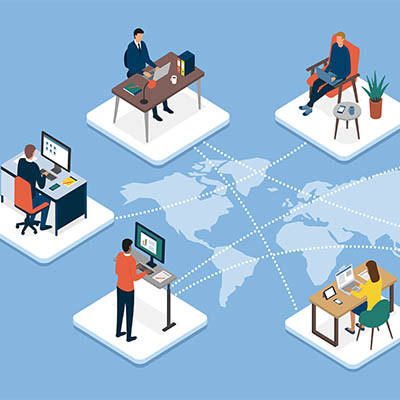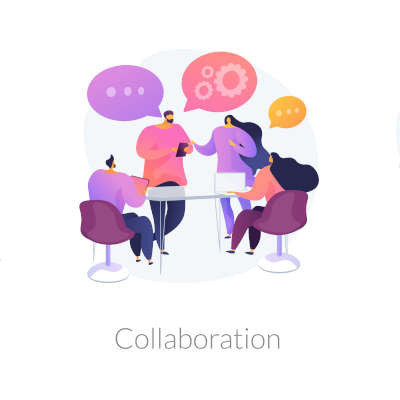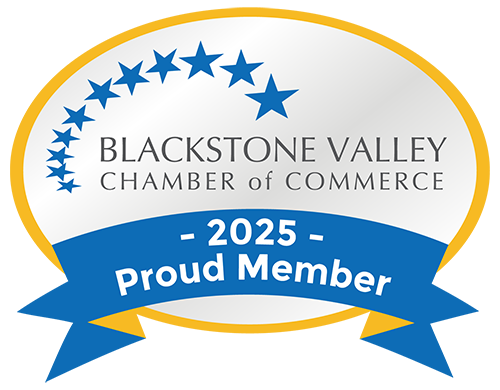JS Business Solutions Blog
Unfortunately, technology does not last forever, and today’s culture of upgrades means that users of smartphones and other devices are constantly updating even when they don’t need to. This practice can extend to businesses, too. Businesses need to have a strategy in place that they can use when it is time to upgrade from older devices, including the way that you dispose of them. Here is how you can effectively dispose of your older connected devices without sacrificing the environment and your data privacy/security.
Paper documents have always been a major part of doing business, whether it’s signing contracts between you and your clients or employee paperwork from when you make new hires. The thing with paper documents, however, is that they can take up a ton of space in filing cabinets, and depending on your habits, they can quickly become unorganized.
As you read this sentence, think about the current state of your email inbox. Is it clean and crisp with only a handful of new emails on a daily basis, or is it an entangled mess filled with hundreds (or even thousands) of unread and often unimportant emails? If it’s the latter, you’re in luck; we’ve got some tips to help you finally get a grip on your email inbox.
Business communications have seen some significant changes, particularly with recent events being what they have been. Instead of your team members having the opportunity to simply turn to one another in the office, there are now added hoops that they must jump through. Let’s go into how your internal and external communications should adjust to meet these changes.
The most successful businesses are those that are always seeking to improve what they offer—oftentimes, taking a successful element and simply making it more efficient to deliver. In the past, this basically meant that businesses needed to have their employees work more quickly. However, today’s improved technology and the automation that it makes possible have delivered a much more consistent option.
A business’ data needs to be considered a priority, which means that its protection should be prioritized accordingly. One facet of doing so is maintaining a backup with a strategy in compliance to best practices. To accomplish this, your backup should feature something that isn’t often considered a benefit: redundancy.
Part of being a successful entrepreneur is having a positive mental attitude. After all, pessimists wouldn’t make it far. Stats, however, tell a story regardless of a business owner’s perception. Statistically, most businesses will have to deal with some sort of “disaster”. That is: a situation where your business will be very much at risk. For this reason, we recommend BDR.
We talk a lot—a lot—about “best practices” regarding IT and technology. However, it has come to our attention that not a lot of people necessarily know what this means, especially when it comes from an MSP. We wanted to take a few moments and go over what best practices are, and why it is important that they have a presence in your business’ IT.
There is no denying that “collaboration” is one of the biggest business buzzwords right now… and for good reason, since it is a prerequisite for any business seeking to compete in its market. Let’s take a different tack than we usually would and consider some of the non-technical elements your business needs to incorporate to encourage collaborative work.
Collaboration is widely accepted as a “must-have” in the current, connected business environment… at least, for any organization that wants to remain competitive. Let’s take a few moments and consider what needs to be present for any collaborative efforts to be successful, and the skills you should work to develop in your team members to enhance their capacity for cooperation.
With Bring Your Own Device and other more mobile tools becoming more and more common (especially with the number of people working from home right now) the ability for a business to retain control of their technology and their data is critical. To accomplish this, Mobile Device Management is an indispensable tool.
While there are plenty of ways that a business can cut costs in the long term, one very effective way that this can be accomplished is by adopting more paperless solutions and printing less. As an added bonus, these solutions are also better for the environment as a whole, as they reduce the amount of resources being expended to do business. Let’s go over a few ways that you could cut back on your business’ paper expenditures over time.
Tomorrow is World Backup Day, which--considering the current business climate as the coronavirus pandemic rages on--seems only too appropriate. Let’s discuss why times like these make it only too clear how critical a business continuity strategy is, especially when supported by the right backup solution.
Data recovery is more a strategy than a solution. You first need to keep a regular backup to ensure that you aren’t losing large chunks of productivity. Then, you need to have a strategy to efficiently recover data if it is corrupted, lost, or stolen. Today, we’ll talk a little bit about some situations that businesses run into that would spark data recovery.
Collaboration is one of those terms that has a lot of potential, but doesn’t always live up to its promise. Some employees just aren’t naturally inclined to team up on a project. All is not lost, however… there are still things you can do to help encourage cooperative work amongst your team. Let’s go over a few reliable methods to nudge your users toward effective collaboration.
While most businesses need the same basic technology to support their operations, some industries have additional, more specific needs that require a more specialized tool to accomplish. As we leave this series behind, let’s briefly consider how a managed service provider can be a valuable resource for a business operating in one of these industries.

